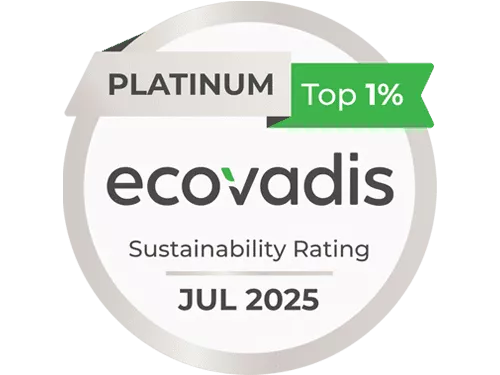post Results
1 – 9 of 23 items
Meet us at upcoming industry events

SupplySide Global
Las Vegas, NV | US : Booth no. 2965
29-30 October 2025
Where innovation in nutrition takes center stage. Join 20,000+ professionals at the B2B event that drives supplement, food and beverage innovation. Be notified when registration opens for our next show.
View details

Gulfood Manufacturing
Dubai | United Arab Emirates : R-J12 | Swiss Pavilion
4-6 November 2025
Gulfood Manufacturing stands as the leading global event for food and beverage manufacturers, supply chain leaders, and technological pioneers to access advanced innovations that recalibrate efficiency, amplify productivity, and secure long-term profitability.
View details
No upcoming webinars


